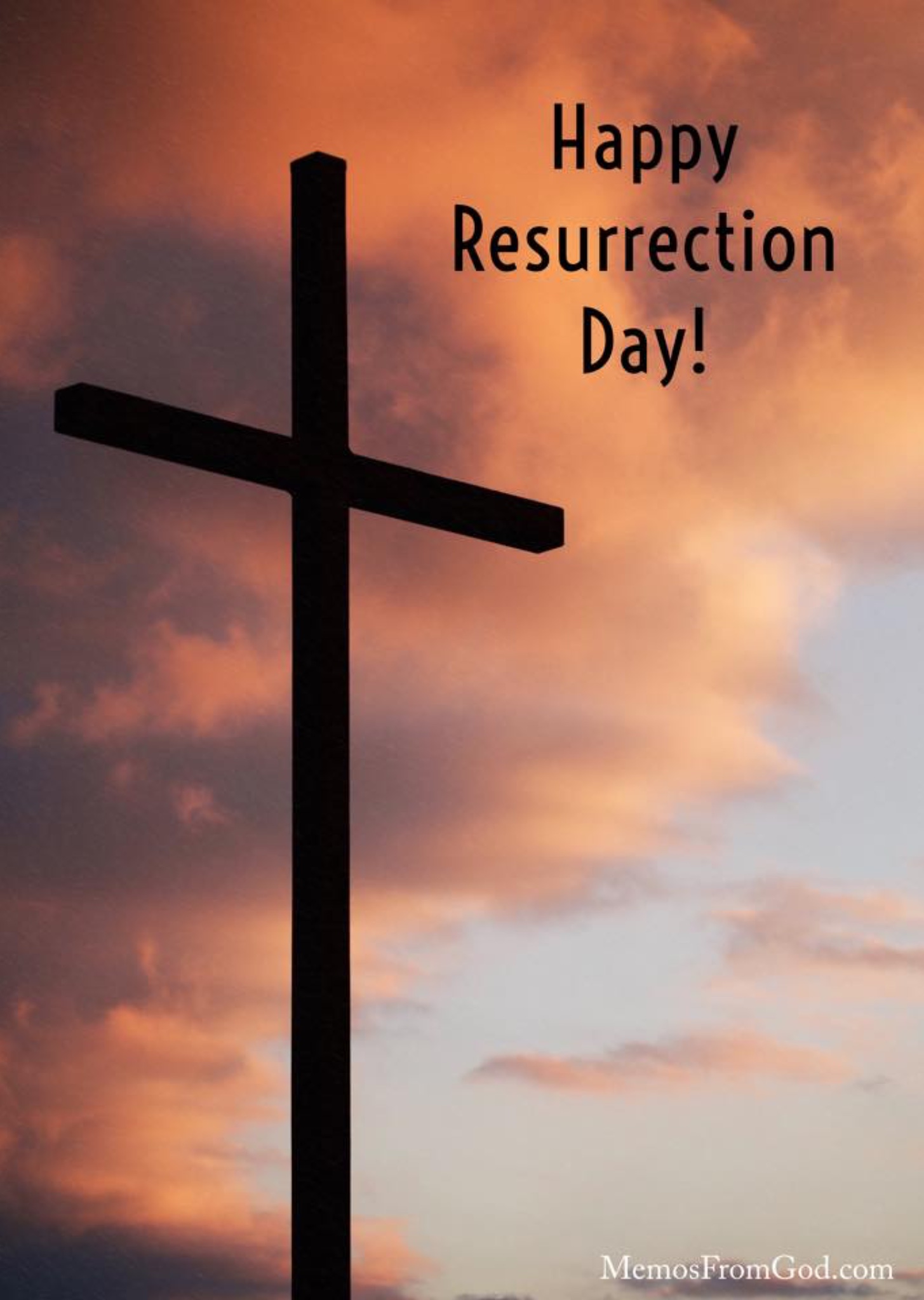May you be blessed this Easter!

Attempting to Understand the Bible

May you be blessed this Easter!



Today's post was written by and shared with permission from Rusty Wright.
---------
Hollywood's Bible Power Couple is back – with a flourish – this time on prime-time network television.
They really take this spiritual stuff seriously. In 2012, my wife and I attended a dinner in Washington, DC, where actress Roma Downey (Touched by an Angel) announced that she and producer-husband Mark Burnett (Survivor, Shark Tank, The Voice) planned to devote the rest of their careers to creating works that honor God.
They were heading to Morocco to film a series on the Bible for the History Channel. After dinner, Burnett enthusiastically described his vision to present Jesus "as strong—powerful, impressive." 2013's The Bible series drew 100 million viewers. The couple's 2014 Son of God feature film garnered significant box-office success.
Angst and adventure
Now in 2015, they're bringing the story of Jesus' first followers to television. Their dramatic 12-part series, A.D. The Bible Continues, captures the personal angst and adventure of those tumultuous early years. It premieres Easter Sunday on NBC.
Episode 1, "The Tomb Is Open," is apt Easter fare. It begins with Peter, Jesus' disciple, breathlessly running to watch Jesus' appearance before Caiaphas, the high priest, who accuses Jesus of blasphemy deserving of death for claiming to be the Messiah. A woman says she recognizes Peter as one of the Nazarene's followers. Peter denies it vehemently, and realizes he's failed the leader he'd pledged to support.
The drama conveys conflicts – internal and external – well known to aficionados of the classic accounts, leavened with some speculative dialogue to develop the story for the screen. Peter struggles with the guilt of his denial, as does Judas with his betrayal. Roman governor Pontius Pilate and his wife argue over the wisdom of crucifying Jesus.
After the crucifixion and burial, Jesus' grieving followers wrestle among themselves with whether they should believe Jesus' prediction of his resurrection. He had told them, "The Son of Man must suffer many things … and be killed and be raised up on the third day." (Luke 9:22)
Resurrection hoax?
The high priest appeals to Pilate to seal and guard the tomb, lest the disciples steal the body and perpetrate a resurrection hoax. Pilate remarks that "Roman crucifixion really doesn't allow for [resurrections]." The screenwriters' deadpan worked for me.
The un-narrated presentation assumes a basic familiarity with the characters and story. A quick read of a biblical account before watching could enhance the viewing experience. For Episodes 1 and 2, I recommend the final three chapters of either, Matthew, Mark, Luke or John. And as you view Episode 1, watch for the angel. Way cool.
Episodes 3 through 12 portray stories from the first ten chapters of Acts. Viewer guides exist for those wanting to learn more.
As with their earlier biblical projects, Burnett and Downey and their team sought to be faithful to the spirit of the Bible. They take typical filmmaking liberties – combining events and condensing timelines – to represent the gist of the story without changing its basic message.
Racial and ethnic diversity
Producers took pains to involve a racially and ethnically diverse cast. "Christianity is among the most diverse movements in history," notes Downey, "so … it was important to us to find a cast as diverse and beautiful as the church is around the world. … We hope that people see themselves [in the performances]."
Cast members hail from ten nations. For example, Juan Pablo di Pace (Argentina) plays Jesus; Babou Ceesay (Gambia) is John; Chipo Chung (Zimbabwe) is Mary Magdalene.
Nothing and everything
Foreshadowing much to anticipate in the rest of the series, Episode 2 ("The Body Is Gone") highlights a key point. When Peter and John emerge from Jesus' empty tomb on Sunday morning, Mary Magdalene asks, "What did you find?"
"Nothing," John replies. "We found nothing. And everything."
Burnett, Downey, et al. are bringing timeless, inspiring stories about the "and everything" to millions of homes and hearts. May their tribe increase.
---------
www.NBC.com/AD-The-Bible-Continues Series premieres Easter Sunday, April 5, 9 PM/8 PM Central on NBC-TV and runs for 12 consecutive Sundays.
---------
Rusty Wright is an author and lecturer who has spoken on six continents. He holds Bachelor of Science (psychology) and Master of Theology degrees from Duke and Oxford universities, respectively. www.RustyWright.com
Today is Ash Wednesday, the beginning of Lent. Traditionally people give things up for the forty days before Easter, but I want you to get something instead. I want you to get closer to Jesus, to become more familiar with God's Word, to feel more of his love. (Coincidentally, that is the purpose of fasting too. Every time you refrain from indulging in the luxury that you usually have, it makes you think of why you are doing it, and makes you thankful for Christ's sacrifice for you.)
In previous posts, I have talked about reading plans, and how following them can bog us down and make us feel guilty when we don't keep up. This is especially true if your goal is to start in Genesis and read through the Bible in one year. A lot of people never make it through Leviticus. However, I have also constantly said--and it's the whole reason this blog post exists--that we need to read more of God's Word. We don't have to do it in a particular order, or at a particular rate, we just have to do it more.
What I am proposing to you today is kind of a compromise between those two options. Today I received an e-mail from Margaret Feinberg. She and a few others have joined together to do the #LentChallenge. The challenge is to read the four gospels--Matthew, Mark, Luke and John--during Lent. That's 89 chapters in 40 days (Sundays aren't counted in the fasting schedule), so just over two chapters a day. If you think that's more than you can do, aim to read through one of the gospels. Pick whichever one you like best, for whatever reason. Just spend some time reading about, thinking about, praying about the life of Jesus. Once you understand his purpose for coming to Earth, and his reason for going to the cross, you will be overwhelmed by how much he loves you. If you do this, Easter will become more meaningful than you've ever imagined.
Margaret has a reading plan that she'll send you if you sign up for the RSS feed at her site. Or, if you have the YouVersion app, you can search for a plan that suits you, using the keyword "Lent" or "gospels". YouVersion has a plan that will take you through all four gospels in 30 days, so you will have a few days of grace if you choose that one, and the app makes it easy to catch up. I am currently using YouVersion's chronological plan for reading the Bible through in a year (no I didn't start in January), and I just happened to reach the beginning of the gospels yesterday. (It's day 274.) Since it's chronological, I'll be alternating between the gospels as I go, but I should arrive at the same destination just at the right time. Whatever plan you use, my challenge to you is to make reading the gospels during Lent your goal. If you would like to share with others who are doing the same, use the hashtag #LentChallenge.
May you be filled with God's unfathomable love this Easter season.
Today's post was written by Rusty Wright.
---------
You've probably seen Santa Claus; but have you ever seen the Easter Bunny?
As a small child, I enjoyed visiting Santa at a local department store at Christmastime. My parents would take me downtown to the jolly bearded man in the red suit. I felt comfortable climbing into his lap, telling him my wish list and receiving a gift along with his encouraging words. He was friendly, predictable and safe.
Imagine my excitement when one Spring I learned that the Easter Bunny would be at the same department store. Neither my family nor I had ever seen the Easter Bunny. I had seen white rabbits. Those cute, cuddly little bunnies seemed so warm and innocent. I looked forward for some time to seeing the real Easter Bunny.
Finally, the big day came. My father took me to the store that afternoon. When we reached the Bunny's floor, I was shocked. Before me was a human-sized hare with big eyes and large, floppy ears. The creature walked on two legs like a human. He talked.
The more clearly I saw him as I approached him, the more slowly I walked. I would not get close to the furry beast. He wanted to give me a gift, but I was not cooperating. "Just throw it to me," I suggested. He tossed his present across the room, Frisbee-style.
Much as I was confused about the Easter Bunny, many folks are confused about the meaning of Easter itself. For some, it means new clothes and a chance to show them off. Others focus on eggs, candy and special meals. Spring Break is a highlight of the season. The beach beckons and relaxing on the sand or reveling at parties defines the holiday.
Easter is also billed as a time of renewal. It may be relatively easy to renew things outwardly -- new clothes, a hairstyle, a fancy party. Renewal on the inside can be more difficult. Problems from the past can haunt one's memory. Broken relationships undermine self-esteem. Guilt over missed opportunities, pain from rejection, loneliness and anger from past hurts can sometimes create a swirling inner vortex, a psychological suction from which escape is difficult.
Where does one find inner renewal? Some look to friends or family. Counselors and self-help books provide coping skills. But maybe a look at the first Easter could also offer some clues.
Nearly two millennia ago, a young Jewish leader fell into disfavor with established authorities. He was executed, declared dead, wrapped up like a mummy and placed in a tomb. A large stone was rolled against the tomb's entrance and an elite unit of Roman soldiers guarded the tomb against grave robbers.
Two days later, the stone was rolled away and the tomb was empty, but the grave clothes were still in place. The man's closest followers, most of whom had abandoned him during his trials, reported seeing him alive again. Many later died horrible deaths for telling people that their leader had risen from the dead.
They had been transformed from the inside and it affected every facet of their lives, giving them inner strength, freedom from guilt, love for their enemies, and boldness to stand for what they believed was right. "If anyone is in Christ," wrote one early believer, "he is a new creation; the old has gone, the new has come!" (II Corinthians 5:17)
Sometimes life's challenges can seem as scary as that huge hare seemed to me when I was a child. We don't want to get near them. Yet that first Easter still offers hope. Maybe if Jesus really did come back from the dead, then people today can find inner renewal by knowing him personally.
As we enjoy eggs and rabbits this Spring, might that be a message worth pondering?
---------
Rusty Wright is an author and lecturer who has spoken on six continents. He holds Bachelor of Science (psychology) and Master of Theology degrees from Duke and Oxford universities, respectively. www.RustyWright.com